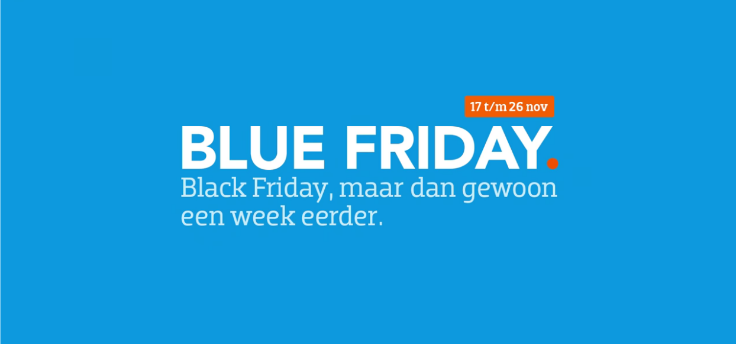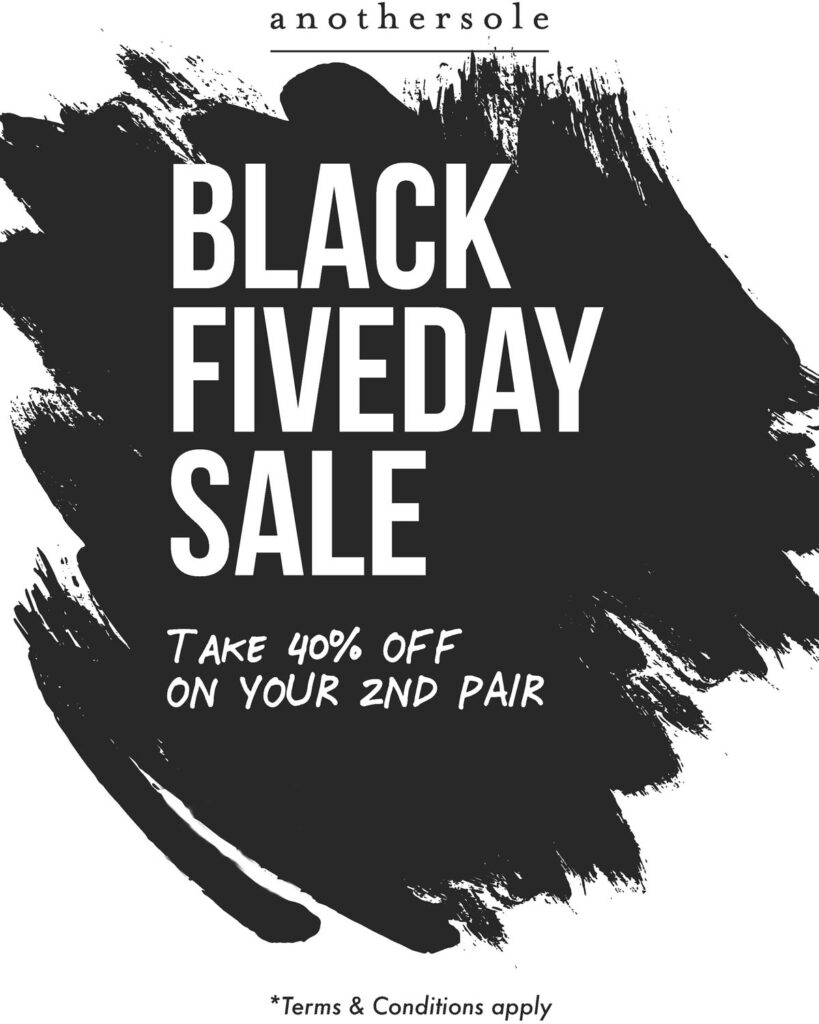Black Friday, Cyber Monday and all the days around them are a pretty big deal for those of us that sell online.
Consumers have been trained for years to expect the best deals ever. That means there is a lot of money up for grabs.
And everyone that’s involved with ecommerce knows it.
In the weeks and months leading up to the big days, you’ll see everyone from your payment provider to your cart abandonment app come out with THE LIST of things you need to do to win at Black Friday.
You might expect that this results in most online stores that are well prepared.
Unfortunately I’ve seen this pressure result in FOMO, which causes many companies to make poor decisions.
So what’s going wrong?
#Winning At Black Friday
What does winning at Black Friday look like?
- Biggest revenue day in your store’s history
- Adding more customers in a weekend than you would normally do in 2 months time
- Profit
- Customer lifetime value
Usually all that’s talked about is #1. Overall sales.
Sometimes #2 is mentioned, the overall number of new customers. Ignoring that these customers that come in on a heavy discount might not be the very best customers in the long run.
But that’s where it stops. Granted, online stores that make killer profits won’t be (and shouldn’t be) shouting from the rooftops. But profit and customer life time value is where the real wins are to be had.
In private conversations with clients, or with fellow ecommerce experts, these things do come up.
There is a single mantra: more sales at any cost.
Can you really afford to give out 25-30-40 or even 50% off? And pay for free shipping on top of that? And pump more money into expensive advertising to notify people of those amazing deals?
Most people are jumping on the bandwagon, and too few ask the hard questions whether this kind of behaviour is valuable in the long run.
The Cure
So if steeper discounts aren’t the answer, what can you do against all this pressure?
How do you stand out and grab the attention of consumers that are looking for a good deal?
My advice is to try to do it on your own terms, and definitely not at all costs.
Here are a couple of things that I’ve seen retailers do that are very sensible answers to all of this madness.
1. Go earlier
This tactic is definitely less effective than a couple of years ago.
But the majority of retailers will still start to promote and send emails around the same time.
So if you’re a little bit ahead and push out your promotion or pre-sales before anyone else.
This isn’t a very sustainable tactic since that just spreads everything out over more days. But it’s something I first saw happen in the weeks before Black Friday 2017.
This example comes from Dutch retailer Coolblue. They came up with Blue Friday. It’s Black Friday, but just a week earlier.
They packaged well. Claiming the postal services would be overburdened on actual Black Friday, they wanted to make sure that their customers would receive their orders in time. This angle allowed them to attract some PR to their event.

Interesting aside is that they didn’t repeat this event in the following years.
2. Exclusive early access for customers
A small variation on the above is the put out an early access deal exclusive for your existing customers. This has the additional value of rewarding them for their loyalty.
And if you have a couple of items that are at risk of selling out, you can play on the scarcity.
3. Limited discounts
Put together a good deal, but something that still is profitable to you.
Don’t copy other stores blindly. Know what kind of discount you can afford to give and stick to that.
4. Different promotions
Black Friday and deep discounts aren’t the best fit for every brand. Training customers to expect or wait for discounts is a slippery slope.
And if you have a premium brands, those discounts might hurt you.
5. Boost cart value
Here is a promo from shoe retailer Anothersole, 40% off on the 2nd pair. This is a smart deal, the big discount will get people to take action right now, but the full margin on the first item will offset some of that 40% to preserve overall profitability.

Let’s say your products sell for $100 and you have a 50% margin, you would make $50 gross profit per pair.
In the case of the promotion, you’d still net $50 on the first pair, but generate and addition $10 on the second pair.
How To Create Your Own Black Friday
For retailers, there are only a handful of days/periods through the year that can really boost sales: Black Friday, Cyber Monday Christmas sales, Halloween, Valentine’s Day, Back to School, Super Bowl, World Series, etc.
But these are also the days when every other retailer is fighting for the same customers
You want to do your own thing and push hard when your competitors are asleep at the wheel.
The ever-amazing Seth Godin has come up with a blueprint we can follow to create our own Black Friday style event.
- Find something that people are already interested in doing (in this case, shopping)
- Add scarcity, mob dynamics, a bit of fear
- Repeat the meme in the media. Press releases, B roll, clever statistics regardless of veracity
- Do it on a slow news day, and mix in famous names, famous brands and even some hand-wringing about the plight of worker
It’s easier said than done. Creating and promoting a new event to promote your store might seem like a roundabout way to drive sales.
But if done well, the potential is huge.
Let’s take a look at two examples below to get some inspiration.
Amazon Prime Day
The company that has won, and will win all Black Friday’s in the foreseeable future is Amazon.
But that doesn’t mean that they sit back the rest of the year.
To celebrate their 20th birthday, back in 2015, Amazon started with Prime Day.
Now it’s a recurring event in the middle of July, definitely a time when sales are low for most of stores.
You need a Prime subscription to participate.
Like Black Friday, this has been picked up by media & vendors. The only difference is that’s this is Amazon’s own holiday.
The coverage surrounding Prime day is getting bigger with every year. The biggest websites on the Internet are giving the free publicity. And nobody seems to mind.
Knowing that there is money to be made, their huge affiliate network goes into overdrive to collect their own affiliate fees.
Not to mention that this event is in July. A Prime membership is required to participate. So when Black Friday rolls around, guess who has added a healthy stack of new members?
Nordstrom Anniversary sale
The second example is Nordstrom Anniversary sale, an event which generates “Christmas-like sales“.
The mechanics are very similar to Amazon’s Prime Day: middle of summer, huge discounts & affiliates pushing hard.
They have even refined their approach further, with Nordstrom credit card holders getting early access to the best deals.
Back to you
What will you do different next year? Let me know in the comments!
